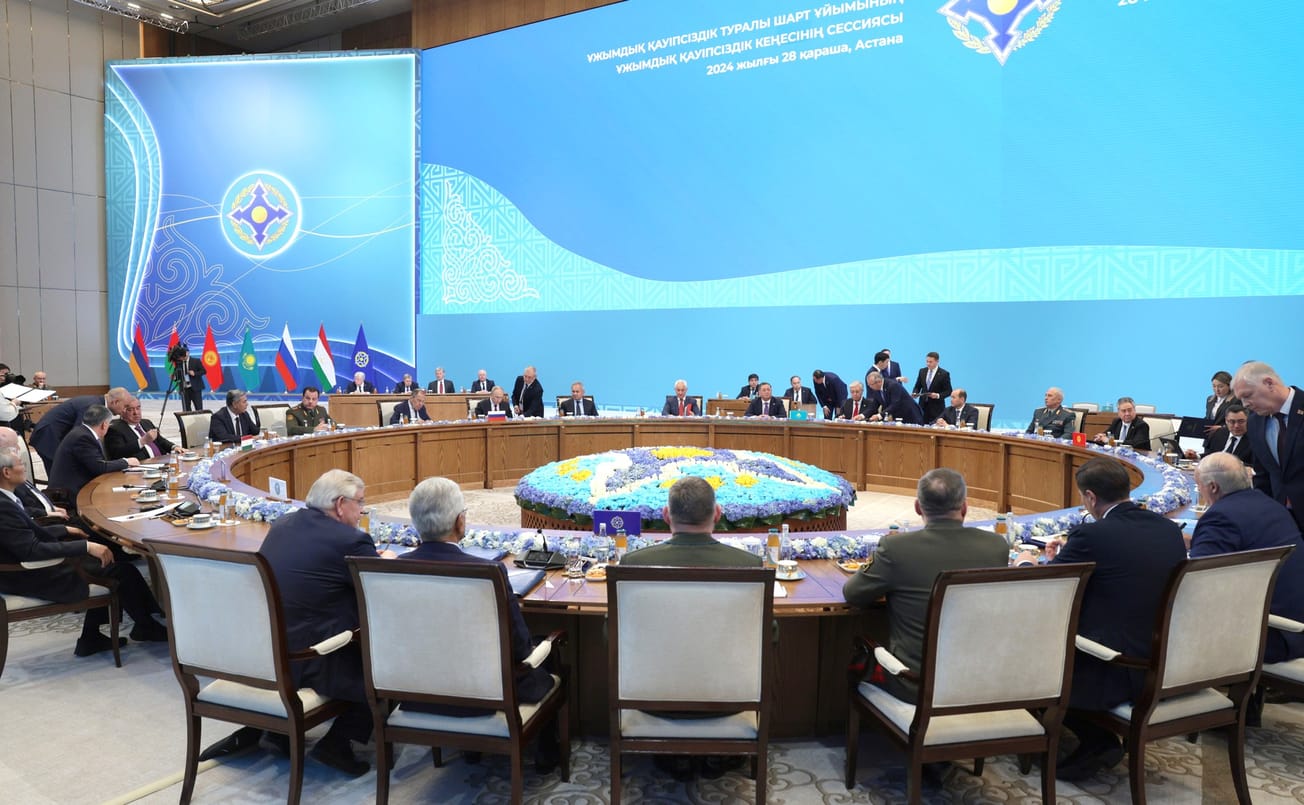A two-pronged visit by U.S. officials within two weeks shows the intensity of the pressure campaign to get India to join Washington’s anti-China crusade. And these follow visits by Secretary of State Tony Blinken, Defense Secretary Lloyd Austin, and Environmental Envoy John Kerry in July, March and April, respectively.
First Deputy Secretary of State Wendy Sherman spent a few days in India earlier this week discussing with top-level officials and attending an India-U.S. Business Summit. In reply to a question, Sherman said that the U.S. is not requiring countries to “choose” between China and the U.S., but it’s clear her emphasis was on the closeness of these “two democracies” in contrast to that other country — i.e., China. All is not smooth sailing between India and the U.S., however. Sherman warned about the missile sales from Russia which India has concluded. The U.S. will no doubt “waive” any sanctions on this sale, but Sherman made clear that the U.S. frowns upon it.
Sherman was followed by Adm. Michael Gilday, the U.S. Chief of Naval Operations, who spent five days talking with his counterparts and working out the details of a new partnership with the Indian Navy. Gilday will also embark together with an Indian delegation to a U.S. Naval fleet, as that fleet proceeds to an exercise with the other members of the Quad in the Indian Ocean. Gilday didn’t try to hide the goals of his mission , namely to mobilize India as cannon fodder against the People’s Republic of China. Speaking during an Oct. 12 media call in India, Gilday said, “The key piece here is allies and partners. We are not going to outspend China, so where do we focus on key capabilities that we think [of] as most important as a nation. I don’t want to get into specifics on where those investments are, but it’s focused investments that we have to be concerned about … ourselves to make sure that our own national interests are sufficiently protected,” Gilday told reporters. “But secondly, the asymmetric advantage – and I want to underscore asymmetric advantage that the United States has with its partners and allies – not only in the region, but globally and India is a supreme example of that.”
There are also others beating on the same drum. In Washington, speaking at the Association of the U.S. Army, U.S. Army Pacific Commander Gen. Charles Flynn explained how they were training their troops for that ominous “land war in Asia” that Douglas MacArthur so strenuously argued against. The Army will train its soldiers in Hawaii this month and Alaska in March, where the environment and conditions are similar to what they may encounter in the island chains, as well as on the Asian continent like India or South Korea, Flynn said. The Army also is conducting training exercises in countries in the region. “This is a great illustration of exactly what we’re trying to do out in the Pacific. And it does a couple of things here: it denies the [People’s Republic of China] key terrain, it increases our joint readiness by being forward and operating as a joint force. And it also increases the confidence of our allies and partners that we’re going to be there, whether it’s a typhoon or whether it’s something worse,” Flynn was quoted by Defense One as saying..
The Royal Air Force Chief of the Air Staff Air Chief Marshal Sir Mike Wigston similarly stated in Singapore, that the U.K. intends to beef up its military presence in South China Sea and the Indo-Pacific region. He said that there would be a “more regular drumbeat of deployments,” which “would be manifested both in what you see from the Royal Navy and the Royal Air Force.” British High Commissioner to Singapore (i.e., ambassador) Kara Owen added that two Royal Navy warships had just transited through the Panama Canal and were headed to Asian waters. It follows the British Empire announcement in July to permanently assign two warships in the region. “Our ambition is to take a more persistent presence here than any other country from [Europe],” she said.



